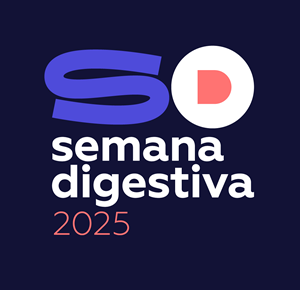57-years-old man admitted at local hospital due to obstructive jaundice. The abdominal-CT identified two strictures in the biliary tract: one in the biliary confluence, one in the proximal common bile duct (CBD). Endoscopic retrograde cholangiopancreatography (ERCP) was performed for plastic stent placement and brush cytology of the stricture, which was negative. Subsequent ERCP, revealed a migrated stent to the right hepatic duct, and during its removal it fragmented, migrated proximally to the stenosis and was not retrieved. The patient was referred to our centre. Peroral cholangioscopy (POC) using SpyGlassDS revealed an ulcerated perihilar CBD stenosis, an impacted biliary stent fragment on the right hepatic duct and a vegetative villous lesion with tortuous vessels in the mid CBD, suspicious for malignancy. The stent was successfully captured and retrieved using a novel SpyGlass Snare, followed by POC guided brush cytology and biopsies of the stricture, which showed a low-grade-dysplasia adenoma. Due to high suspicion, he underwent right hepatectomy, confirming a Klatskin tumour.

 Semana Digestiva 2025 | Todos os direitos reservados
Semana Digestiva 2025 | Todos os direitos reservados